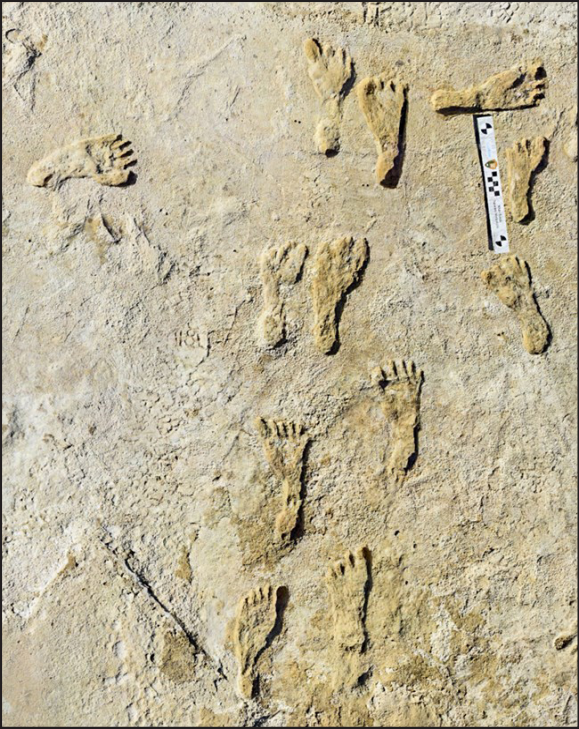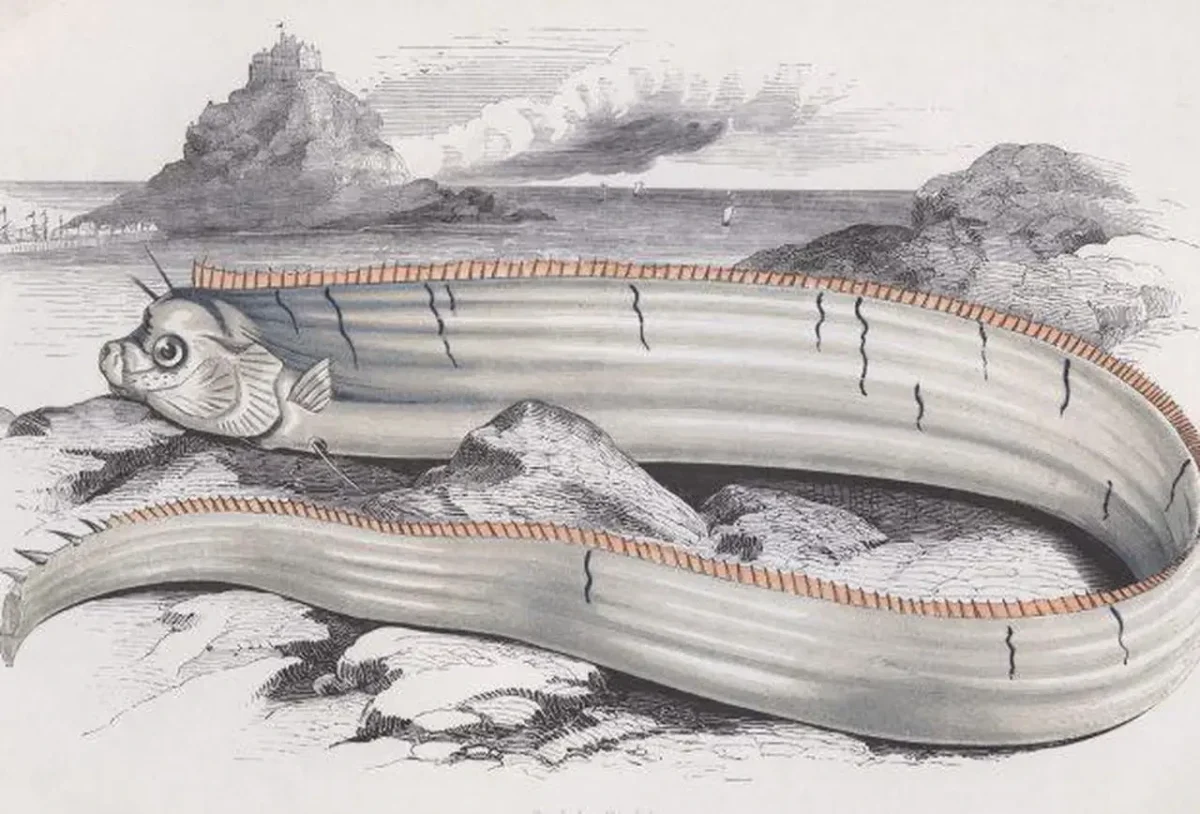A shocking new discovery has the world’s scientific community in awe. Record breaking fossilized footprints have recently been discovered in White Sands National Park in New Mexico. They were left as long as 23,000 years ago, just about 10,000 years older than the most recent discovery in the region.
These prints were found when researchers in New Mexico noticed signs of fossils that were partially revealed by erosion. They dug a trench through the park’s playa, or dried up lakes, to further investigate their findings.
Across multiple sediment layers, they found numerous footprints belonging to children ranging from 7 to 16 years old who were likely gathering food for their tribe, as suggested by researchers.
“
Research suggests that these footprints were likely left by young adults and children gathering food for their tribe.
History teacher Chris Fern describes how people from this era would have survived. “Native peoples all over the world were hunter-foragers 20,000 years ago regardless of location as it was before the development of agriculture. People would have eaten local plants and animals in their area,” he explained.
Accompanying these prehistoric footprints were seeds that fossilized in the same way. Using a method known as radiocarbon dating, scientists could calculate the age of the seeds, and thus calculate the age of the footprints. The most recent of the seeds is approximately 21,130 years old and the oldest being approximately 22,860 years old.
The implications of such a finding are still being debated, but in any case, it surely shakes up the previous understanding of human history in North America.








